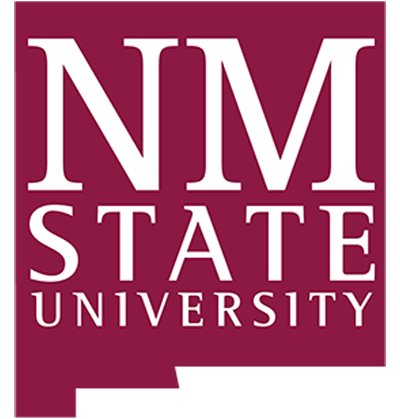1. Course number and name
CHME 506. Graduate Transport Phenomena
2. Credits and contact hours
3 credit hours = 45 contact hours per semester
3. Instructor’s or course coordinator’s name
4. Text book, title, author, and year
Transport Phenomena, Revised 2nd Edition, R. Byron Bird, Warren E. Stewart, Edwin N. Lightfoot, John Wiley & Sons, Inc., 2007.
a. other supplemental materials
none
5. Specific course information
a. catalog description:
b. prerequisites: none co-requisites: none
c. required, elective, or selected elective (as per Table 5-1): elective
6. Specific goals for the course
a. The student will…
- perform vector and tensor analysis;
- formulate momentum, heat, and mass transport equations;
- analyze and solve macroscopic momentum, heat, and mass balances for steady and quasi-steady-state problems;
- formulate the transport phenomena in boundary layer;
- compare the difference in between laminar and turbulent flows;
- differentiate polymeric and non-Newtonian fluids; and,
- demonstrate the analogies between momentum, heat and mass transfer problems.
b. Criterion 3 Student Outcomes specifically addressed by this course are found in a mapping of outcomes against all CHME courses in the curriculum.
7. Brief list of topics to be covered
- Vector and tensor analysis (Appendix A)
- Viscosity and Momentum balance (Chapter 1, 2)
- Equations of continuity and motion (Chapter 3)
- 2-D and time-dependent flows (Chapter 4*)
- Turbulent flow and Boundary layer (Chapter 5*)
- Polymeric and non-Newtonian liquids (Chapter 8*)
- Thermal conductivity (Chapter 9)
- Energy balance (Chapter 10)
- Diffusivity (Chapter 17)**
- Mass balance (Chapter 18)**
* Selected sections of chapter will be covered.
**If time allows.
Common Syllabus Addendum
The NMSU Department of Chemical Engineering maintains a syllabus addendum containing course requirements common to all courses with the CH E prefix online. This document is accessible from the URL: http://chme.nmsu.edu/academics/syllabi/chme-common-syllabus-addendum/


